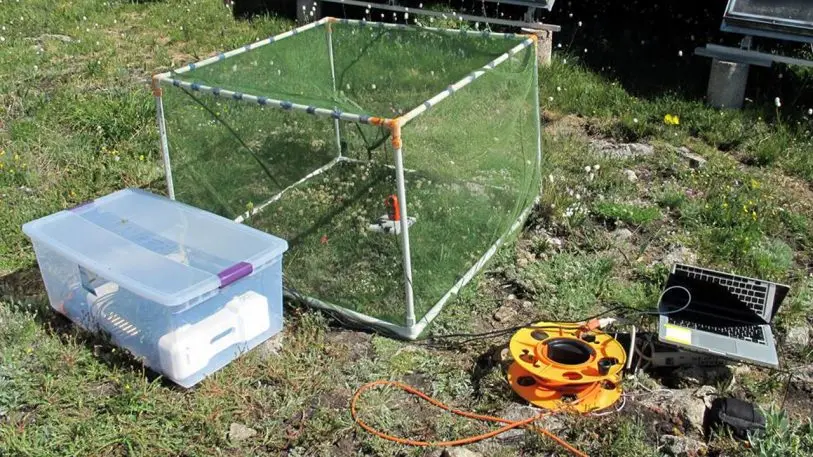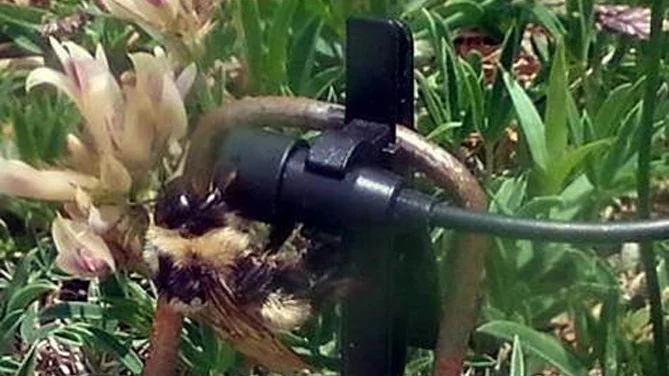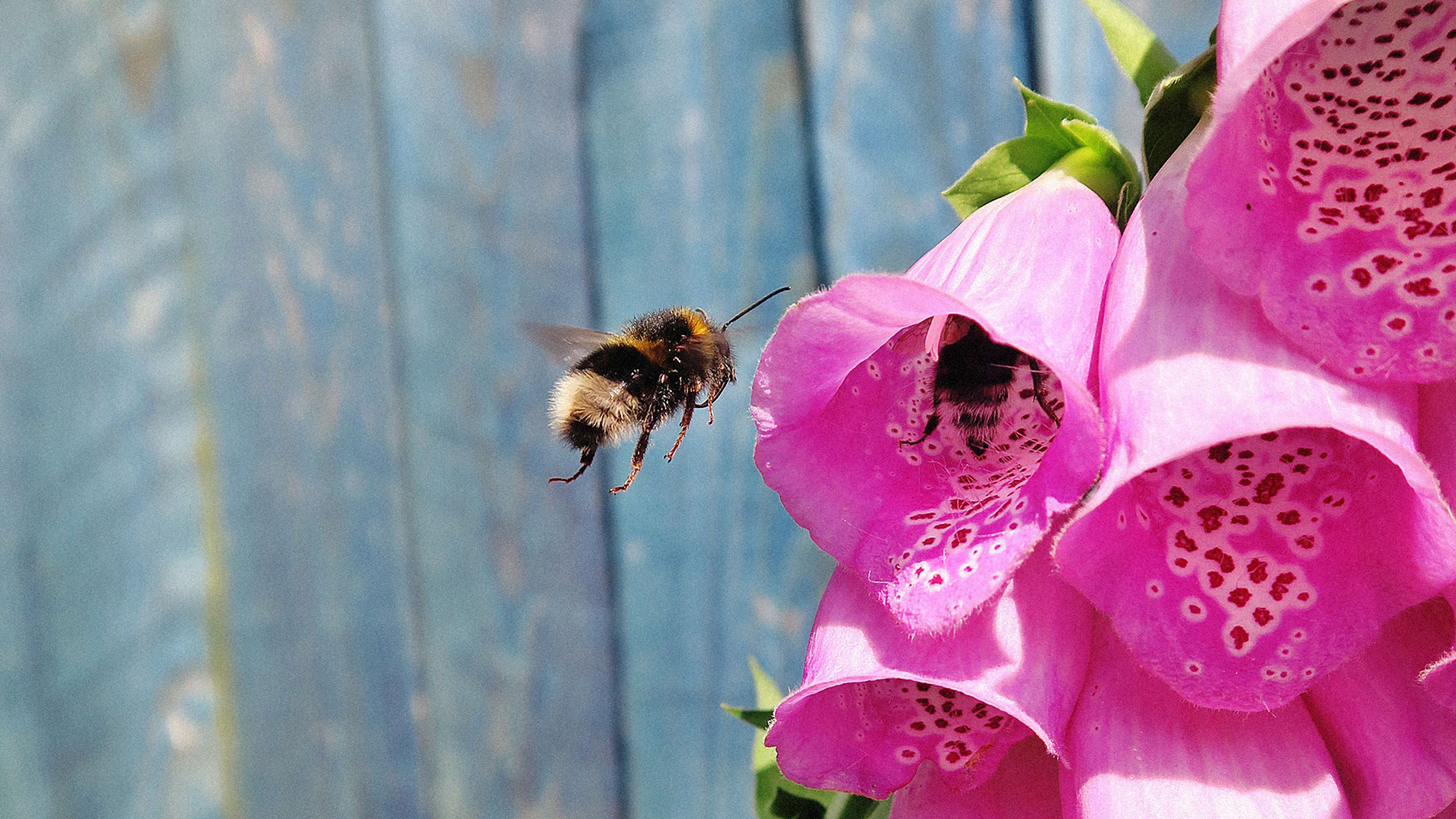Most food crops, from apples and almonds to coffee and chocolate, depend at least in part on pollination from bees and other pollinators. But as those species decline–40% of invertebrate pollinators now face extinction–it’s difficult for farmers and researchers to track changes in real time. One thing that could help: an app and other tools that can capture the sound of buzzing as bees work.


Recording buzzes can’t be used to count the population in an area, but it can indicate how active bees are and how they’re pollinating. Conservation biologists could use the system to find hotspots of activity to study in more detail. Farmers could use the system to quickly identify places where bee activity was slowing down or to measure results after implementing bee-friendly practices like planting wildflowers.
“It could be helpful for farmers to know how well their bee-pollinated crops are being pollinated right away, without having to use a fancy trapping system,” Galen says. “Then they can take steps either to bring in honeybees commercially to supplement pollination or potentially, if it’s a very valuable crop, use some sort of hand pollination methods if they know they’ve got a problem.”
Organic farmers could use the system to identify when pesticides are blowing on their crops from neighboring farms. “This would be sort of like a monitoring system to say ‘Uh-oh, you’ve just had a crash in your bee population, let’s look at the pesticide records from around your farm and see what’s going on,'” she says.
The team is also collaborating with other researchers who are developing a visual, facial-recognition-like tool for bees to identify species, which could eventually be used in combination with a microphone recording buzzing. A new app that the researchers are developing, which may include both sound recording and image recognition, could help crowdsource data about populations of the more than 20,000 species of wild bees, along with other pollinators.
The sound of buzzing may also later be used to provide other clues about bees populations. When bees visit a flower, they buzz differently; the researchers hypothesize that because getting pollen out of a flower is harder work than flying, the sound of that buzz could help indicate a bee’s health. “If we could make those connections, that could be very useful as a sort of early warning system for parasites and pathogens in bee populations,” says Galen. Disease, along with pesticide use, climate change, and several other factors, is one of the stresses thought to be causing the decline of pollinators. “We would use it sort of like a doctor would use a stethoscope, but for a bee.”
Recognize your brand’s excellence by applying to this year’s Brands That Matter Awards before the early-rate deadline, May 3.
